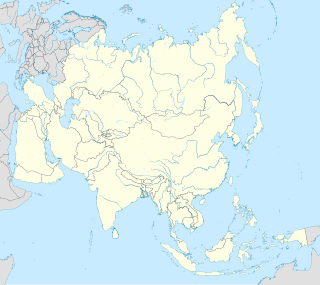 W
WA submarine communications cable is a cable laid on the sea bed between land-based stations to carry telecommunication signals across stretches of ocean and sea. The first submarine communications cables laid beginning in the 1850s carried telegraphy traffic, establishing the first instant telecommunications links between continents, such as the first transatlantic telegraph cable which became operational on 16 August 1858. Subsequent generations of cables carried telephone traffic, then data communications traffic. Modern cables use optical fibre technology to carry digital data, which includes telephone, Internet and private data traffic.
 W
WThe 2008 submarine cable disruptions were three separate incidents of major damage to submarine optical communication cables around the world. The first incident caused damage involving up to five high-speed Internet submarine communications cables in the Mediterranean Sea and Middle East from 23 January to 4 February 2008, causing internet disruptions and slowdowns for users in the Middle East and India. The incident called into doubt the safety of the undersea portion of the Internet cable system.
 W
WEnderby's Wharf is a wharf and industrial site on the south bank of the Thames in Greenwich, London, associated with Telcon and other companies. It has a history of more than 150 years of production of submarine communication cables and associated equipment, and is one of the most important sites in the history of submarine communications.
 W
WSir Charles Tilston Bright was a British electrical engineer who oversaw the laying of the first transatlantic telegraph cable in 1858, for which work he was knighted.
 W
WA cable layer or cable ship is a deep-sea vessel designed and used to lay underwater cables for telecommunications, electric power transmission, military, or other purposes. Cable ships are distinguished by large cable sheaves for guiding cable over bow or stern or both. Bow sheaves, some very large, were characteristic of all cable ships in the past, but newer ships are tending toward having stern sheaves only, as seen in the photo of CS Cable Innovator at the Port of Astoria on this page. The names of cable ships are often preceded by "C.S." as in CS Long Lines.
 W
WSir Samuel Canning (1823–1908) was an English pioneer of submarine telegraphy.
 W
WCyrus West Field was an American businessman and financier who, along with other entrepreneurs, created the Atlantic Telegraph Company and laid the first telegraph cable across the Atlantic Ocean in 1858.
 W
WSir Daniel Gooch, 1st Baronet was an English railway locomotive and transatlantic cable engineer and Conservative politician who sat in the House of Commons from 1865 to 1885. He was the first Superintendent of Locomotive Engines on the Great Western Railway from 1837 to 1864 and its chairman from 1865 to 1889.
 W
WThe India Rubber, Gutta Percha and Telegraph Works Company was a London-based company based in Silvertown, East London. It was founded by Stephen William Silver in March 1864 as Silver's Indiarubber Works and Telegraph Cable Company Ltd. However in July that year the name was changed to the India Rubber, Gutta Percha and Telegraph Works Company.
 W
WSir John Pender KCMG GCMG FSA FRSE was a Scottish submarine communications cable pioneer and politician.
 W
WWilloughby Smith was an English electrical engineer who discovered the photoconductivity of the element selenium. This discovery led to the invention of photoelectric cells, including those used in the earliest television systems.